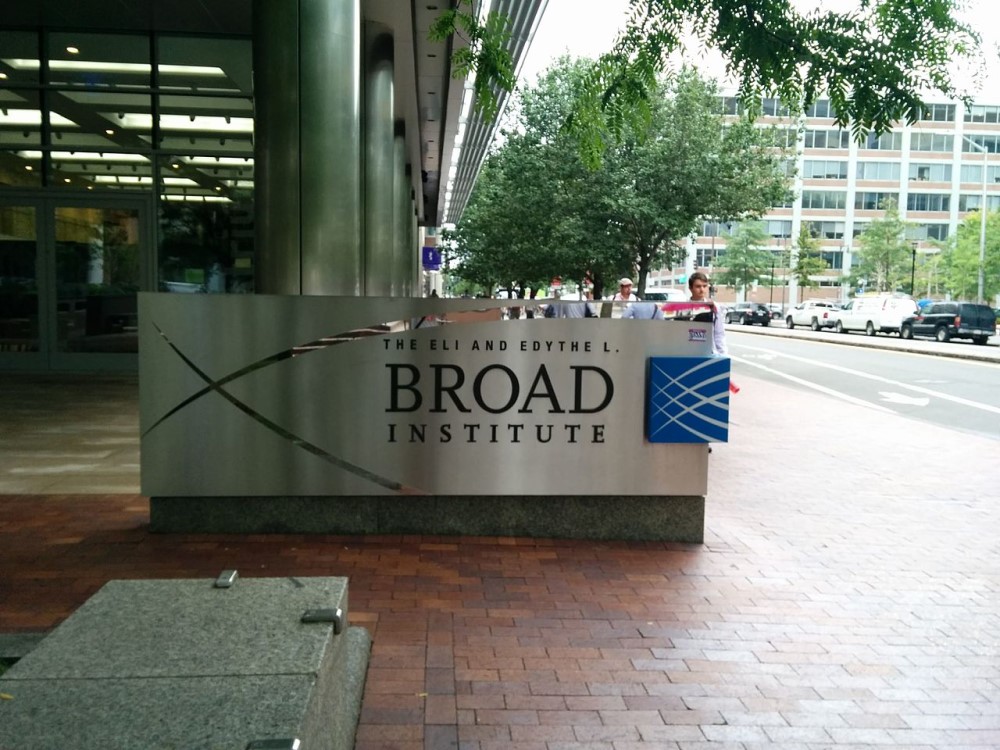
Scientists discover network of cells and genes involved in Crohn’s disease complication
On Jun. 30, 2025, the Broad Institute announced that spatial mapping reveals genes contributing to fibrosis, or scarring, in the gut, laying the foundation for better treatments. Up to half of patients with Crohn’s disease, an inflammatory bowel disease, develop a complication called fibrosis, where the gut becomes scarred and obstructed, causing pain and bloating. Currently, the only treatment option for these gut “strictures” is surgery.
To better understand the biological processes at play in strictures, Broad Institute and Massachusetts General Hospital researchers analyzed individual cells from the intestinal tissue of Crohn’s disease patients, measuring gene activity and mapping the cells’ location in the tissue. The team identified key cell populations involved in this stricturing process, including different kinds of fibroblasts that may contribute to stricture formation and inflammation. The team also pinpointed certain genetic variants expressed in these cells that increase a person’s likelihood of developing Crohn’s.
The scientists suggest that new therapies that target these genes could directly address fibrosis and potentially be more effective for this complication than existing drugs, which are primarily focused on reducing inflammation.
In 2023, the lab of senior author Ramnik Xavier used single-cell RNA sequencing to create the largest known atlas of single cells from routine biopsies of Crohn’s patients. When spatial mapping techniques became more advanced, the researchers decided to extend the work to deeper parts of the intestine, such as areas that might be removed during surgery to treat strictures. Though other scientists had studied how these features develop, they did not fully understand the intricate network of cell populations involved. Drugs targeting strictures have failed in clinical trials, suggesting the need for a deeper look.
In the new study, the the team analyzed 61 tissue samples from 21 patients with Crohn’s — from both routine biopsies and surgeries — and 10 people without inflammatory bowel disease. They used a combination of single-cell RNA sequencing, which profiles gene expression in individual cells, and spatial transcriptomics, which provides additional information about the cells’ location and surroundings in gut tissue. In all, they identified 68 cell types.
One group of cells, a subpopulation of fibroblasts deep in the intestine, expressed particularly high levels of collagen and were present in patients with strictures. The team thinks these cells and the collagen they produce could be responsible for making the stricture that contracts intestinal tissue.
In the future, the researchers hope that a better understanding of these populations could help scientists develop more personalized therapies for Crohn’s disease patients with specific symptoms and genetic features. It could also help doctors better treat patients with existing drugs. For example, if a patient had a certain cellular network indicating they might develop resistance to anti-inflammatory drugs called anti-TNF therapies, their doctor could consider different treatments without waiting for the patient to develop resistance. The study was published in Nature Genetics.
Tags:
Source: Broad Institute
Credit:
